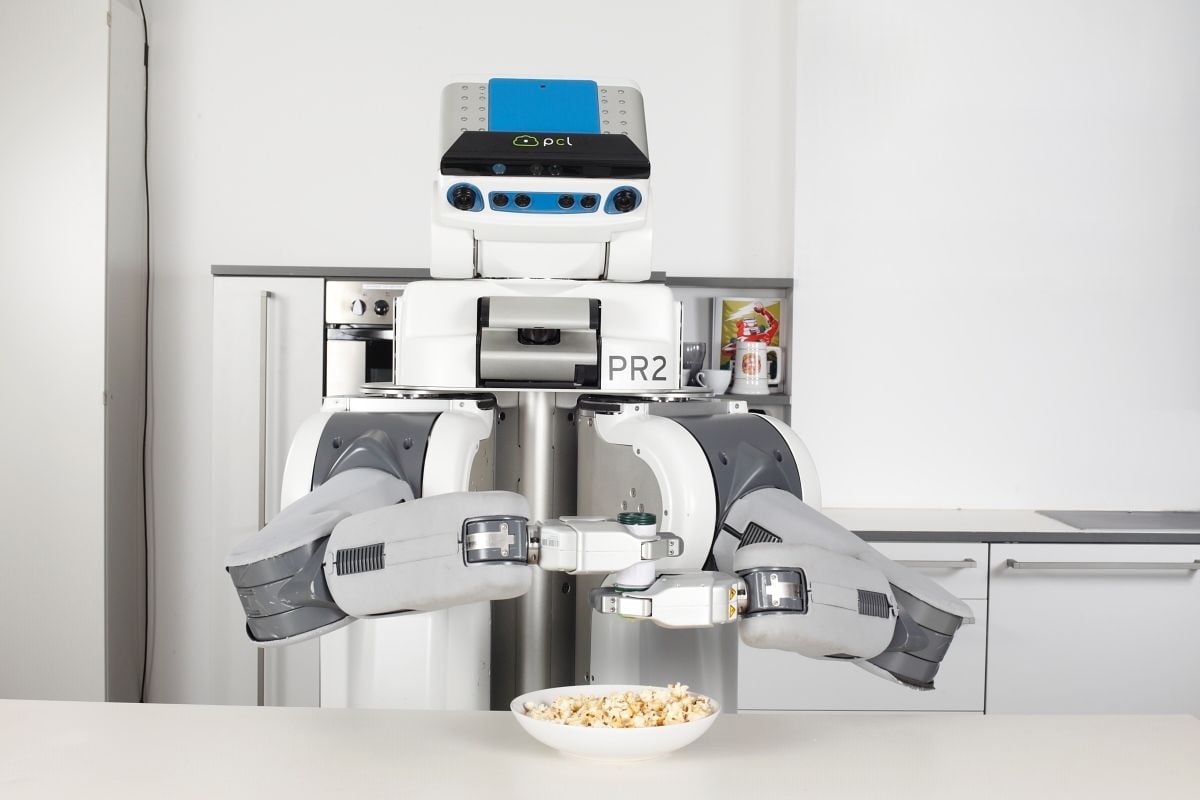Elon Musk says he realized the folly of Tesla’s quest for full automation thanks to a “fluff bot”
Tesla tried to make its Model 3 factory line the most efficient ever built. Instead, it was derailed by fluff.


Tesla tried to make its Model 3 factory line the most efficient ever built. Instead, it was derailed by fluff.
“We went too far in the automation front and automated some pretty silly things,” said CEO Elon Musk on a May 2 earnings call. Musk explained that in a design meant to dampen engine noise, Tesla workers were putting “fiberglass mats”—which Musk called “basically fluff,” presumably fiberglass insulation on the battery packs inside the cars. To save some time, they built the “fluff bot,” an overly complicated mission which became emblematic of Tesla’s misguided mission to automate everything at once.
The fluff bot worked on Tesla’s assembly line in its Fremont, California plant using machine vision to identify and pick up the fiberglass, place it on the battery packs, and then bond the fiberglass to the battery.
But it turned out that what’s easy for human hands is sometimes daunting for a machine: “Robots are very bad at picking up fluff,” Musk admitted. To compound the folly, when Tesla tested design, it discovered the fiberglass didn’t even help reduce noise in the car cabin. Tesla ended up eliminating the component entirely.
But not before the fluff bot in charge of the job ended up among the malfunctioning robots responsible for Model 3 production languishing months behind schedule.
This and a few other breakdowns of key components in the assembly lines has led to problematic delays in Model 3 production. Despite original projections of 20,000 cars per week, the company can barely roll out 2,000 per week right now, and aims to hit 5,000 within two months. Musk has since repented on his automation obsession.
The company says it is still fully committed to automation as a strategy (pdf), but will include more manual and semi-automated steps on the production line than it had previously planned for. On the May 2 call, Musk predicted long-terms cost savings from eliminating some of the extraneous automation in Model 3 production, because, he said, salaries for technicians to maintain complex robots sometimes exceed the benefits of automation in some cases.
Meanwhile, Tesla’s human workforce is growing ever larger, with hundreds of new jobs postings each week. The “automated” factory in Fremont now employs 10,000 people, reports ArsTechnica, compared to 4,844 when it was a joint GM-Toyota operation in 1997 churning out 357,809 vehicles per year. Automated mass-production, unless everything is working perfectly, can be far more labor-intensive and costly than the semi-automated processes that legacy carmakers settled on after their own disastrous full-automation attempts in the 1980s and 1990s.